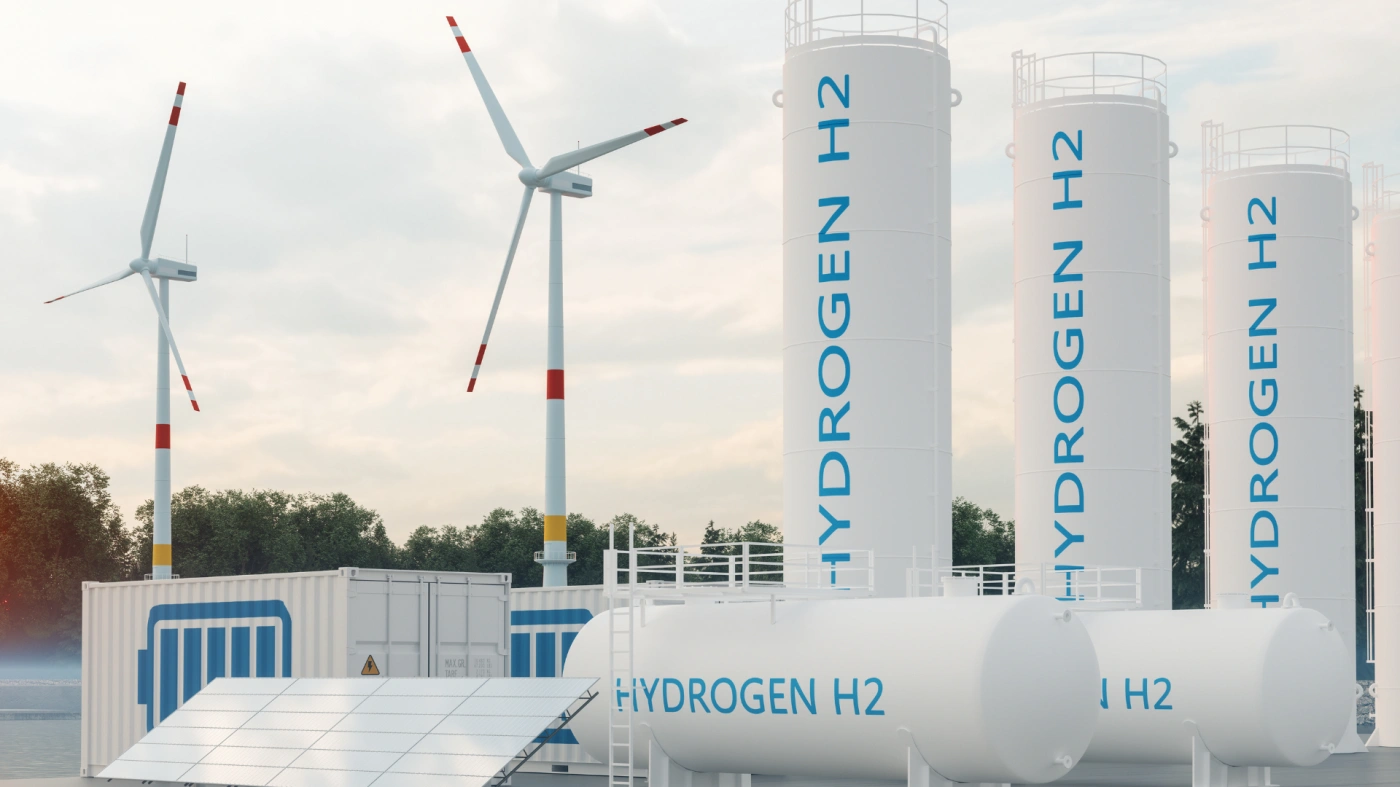1. Understanding Hydrogen’s Properties
Hydrogen is the smallest and lightest element. This makes it particularly challenging to seal. Due to its small molecular size, H₂ can permeate through many materials that are typically suitable for other gases. Additionally, hydrogen embrittlement – the degradation of materials upon exposure to H₂. This can severely impact metals, making material selection a critical step.
2. Material Compatibility
You must ensure the gasket material is compatible with hydrogen to avoid degradation and leakage over time. When choosing the right gasket, consider:
Metal Gaskets: These are often preferred for high-pressure H₂ applications due to their durability and resistance to permeation. Common materials include stainless steel or nickel alloys that resist hydrogen embrittlement.
Non-metallic Gaskets: PSM Graphite-based gaskets or KLINGER Top-Chem PTFE are often chosen for lower-pressure applications due to their flexibility and chemical resistance. These materials effectively handle the cold temperatures that can occur with hydrogen systems. The KLINGERSil range of materials have been used for many years in H₂ applications
3. Pressure and Temperature Requirements
Hydrogen systems can operate under extreme conditions, including high pressures and a wide range of temperatures. You must select gaskets based on their ability to maintain sealing properties under these conditions. For example, many commonly use metal gaskets like spiral wound or ring joint gaskets in high-pressure environments, as they can handle both mechanical stress and temperature fluctuations.
Materials with good low-temperature flexibility, such as PTFE or specialized graphite, should be considered for cryogenic applications. PTFE, in particular, maintains performance at low temperatures and offers excellent sealability. KLINGER has a long history of using gaskets in H₂ applications. In many cases KLINGERSil materials offer good sealing performance and reliability.
4. Gasket Design and Structure
Importantly, the structure of the gasket is just as crucial as its material. For hydrogen applications, spiral wound gaskets with flexible graphite filler or metal-core gaskets offer both strength and a reliable seal. This is especially the case in high-pressure systems, where the resilience of these gaskets allows them to maintain an effective seal even under fluctuating conditions.
5. Gaskets for H₂ Service designed by KLINGER
Finally, we offer a range of gaskets designed for demanding applications, including those involving hydrogen. Our metal gaskets, such as the KLINGER Spiral Wound Gaskets and KLINGER PSM Graphite Laminate Gaskets, are engineered to withstand high pressure and aggressive media like hydrogen. For cryogenic services, KLINGER’S Top-Chem PTFE-based products offer the flexibility and gas tightness needed for effective sealing in H₂ applications.

